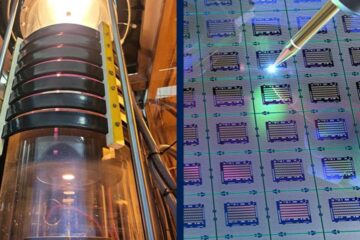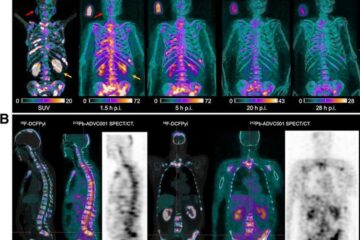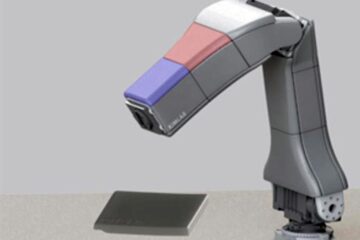Miranda in action at the London Aquarium

Science fiction became reality as one of the University of Essex’s newly born robots made her debut at the London Aquarium.
’Miranda’ appeared at London’s County Hall as part of the Human-Centred Robotics research team’s project to develop advanced, artificially intelligent software for human-robot interaction. The research has been part of an ambitious project, RoboCity, a joint initiative between the University and the London Aquarium which is the first of its kind in the world.
Professor Huosheng Hu, of the Department of Computer Science, explained: ’All too often our experience of robots stems from watching the latest science fiction movie, or the television programme Robot Wars rather than from actually interacting with robots. This is something the project hopes to address.’
Miranda, a humanoid robot, is designed to be fully interactive, allowing anyone to have a simple conversation with her in English. She is able to look people in the eye and has a touch screen monitor in her chest which displays maps, and other information, as selected by visitors.
The London Aquarium has invested over £500,000 in the RoboCity project over the last three years and it is hoped the collaborative project will now be extended.
Media Contact
More Information:
http://cswww.essex.ac.uk/essexrobotics/All latest news from the category: Information Technology
Here you can find a summary of innovations in the fields of information and data processing and up-to-date developments on IT equipment and hardware.
This area covers topics such as IT services, IT architectures, IT management and telecommunications.
Newest articles

Silicon Carbide Innovation Alliance to drive industrial-scale semiconductor work
Known for its ability to withstand extreme environments and high voltages, silicon carbide (SiC) is a semiconducting material made up of silicon and carbon atoms arranged into crystals that is…

New SPECT/CT technique shows impressive biomarker identification
…offers increased access for prostate cancer patients. A novel SPECT/CT acquisition method can accurately detect radiopharmaceutical biodistribution in a convenient manner for prostate cancer patients, opening the door for more…

How 3D printers can give robots a soft touch
Soft skin coverings and touch sensors have emerged as a promising feature for robots that are both safer and more intuitive for human interaction, but they are expensive and difficult…





















